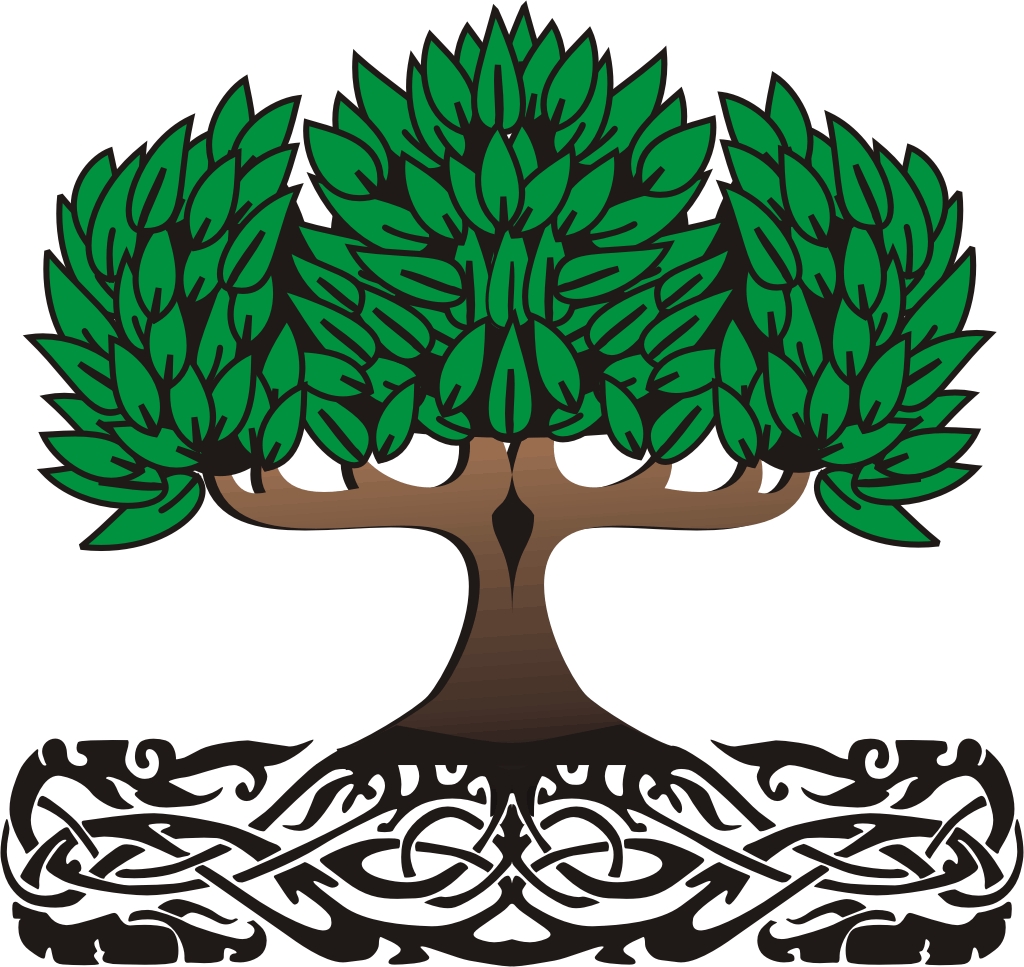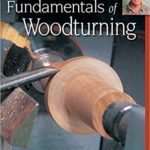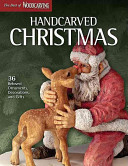Reviewing members will periodically provide their opinions on various publications, sites and other media. Please note that the opinions expressed here are those of the reviewer and are presented without censorship or judgment by the Atlantic Woodworkers Association. The most recent reviews are provided here.
Please click on a title to see the member review.
➤Fundamentals of Woodturning (David Schlosberg)
*************************************************************************************************
Publication/Media/Source: Fundamentals of Woodturning, by Mike Darlow
Link/ISBN: 978-1565233553
Reviewer: David Schlosberg
Overall Score (out of a possible 5): 4.0
![]()
![]()
![]()
![]()
![]()
Pros: Great detail in text, photography and illustration
Cons: Somewhat outdated (20 years old) so not much discussion about modern tools, materials and techniques (e.g. carbide tools)
Comments:
The coverage of the basic cuts in Chapter 4 is excellent. Darlow covers the peeling cut with text, diagrams and photographs in exhaustive and informative detail. The same with the side rake and the scraping cut. Also a good, basic discussion of The Catch.
The sharpening section gives many useful cross-sectional views of the blades. There is a very good discussion of use of various hones on the various blades. There is a detailed discussion of grinding angles on a wearing grindstone. This edition is twenty-one years old so many sharpening jigs are not mentioned. Also, some improvements in commercially available grindstones are not mentioned.
Chapter 5 starts with an interesting discussion of design while displaying common molding styles in spindle turning. Then there is an excellent display and discussion of all the drills that can be used with their pros and cons: self-centering, end grain use, cleanliness of cut, speeds, sizes, etc. Finally there is sanding and finishing which gives good basics but might be a little outdated in the types of materials.
Chapter 6 goes on to spindle turning with more excellent photos and diagrams of roughing, planing, V-cuts, coves, beads, discussions of catches in the latter two types of cutting. I must admit I could not understand the “Darlow Diagrams” as related to cove cutting. Maybe I could have spent on it.
I did not read the rest of the book because I am not interested in bowl turning at this time. I am also turning on a mini-lathe using conventional tools for rough cutting and mostly carbide tools for the rest. Of course, Darlow does not cover carbide in this 1997 edition.
➤Veneering & Inlay (Gary Dumas)
*************************************************************************************************
Publication/Media/Source: Woodworkers Guide to Veneering & Inlay, by Jonathon Benson
Review Date: January 2017
Link/ISBN:
Reviewer: Gary Dumas
Overall Score (out of a possible 5): 3.5
![]()
![]()
![]()
![]()
Pros: Well done, all aspects are covered – cutting, gluing, finishing, etc.
Cons: Would have been nice to see a few simple projects for illustration.
Comments:
➤Relief Carving Workshop (Mike Winslow)
*************************************************************************************************
Publication/Media/Source: Relief Carving Workshop, by Lora S. Irish
Review Date: January 2017
Link/ISBN: 978-1-56523-736-0
Reviewer: Mike Winslow
Overall Score (out of a possible 5): 4.0
![]()
![]()
![]()
![]()
![]()
Pros: A good step-by-step guide with photos of the full carving process; interesting projects to follow; colour photos are really good.
Cons: Nothing much to complain about.
Comments: This is a pretty good book for the beginner looking to try relief carving.
➤Made by Hand (Gary Dumas)
*************************************************************************************************
Publication/Media/Source: Made By Hand: Projects From The Unplugged Woodshop, by Tom Fidgeon
Review Date: January 2017
Link/ISBN:
Reviewer: Gary Dumas
Overall Score (out of a possible 5): 4.0
![]()
![]()
![]()
![]()
![]()
Pros: Great illustrations. The book is written in 1st person perspective so is very conversation-like. The book includes a video that is really good, very entertaining – a little slow, but informative. Great song by the author featured on the video.
Cons: No complaints
Comments:
***************************************************************************************** Publication/Media/Source: Handcarved Christmas, by Editors of Woodcarving Illustrated Review Date: November 2016 Link/ISBN: Reviewer: Bill Howes Overall Score (out of a possible 5): 4.5 Pros: Great patterns for Christmas projects. Cons: Sometimes a little short on details. Comments:
➤Handcarved Christmas (Bill Howes)
![]()
![]()
![]()
![]()
![]()
➤3-D Patterns for Scroll Saws (Bill Richardson)
*****************************************************************************************
Publication/Media/Source: 3-D Patterns for Scroll Saws, by Diana Thomson
Review Date: November 2016
Link/ISBN:
Reviewer: Bill Richardson
Overall Score (out of a possible 5): 5.0
![]()
![]()
![]()
![]()
![]()
Pros: Well laid out and very clear instructions and patterns.
Cons: Can’t find any faults!
Comments: The book and plans are good for both beginner and advanced users of scroll saws.
➤Workshop Dust Control (Doug MacIntosh)
*************************************************************************************************
Publication/Media/Source: Workshop Dust Control, by Tool Smarts, American Woodworker
Review Date: October 2016
Link/ISBN: 1565234618
Reviewer: Doug MacIntosh
Overall Score (out of a possible 5): 4.0
![]()
![]()
![]()
![]()
![]()
Pros: A very useful introductory book on dust control. It deals with shop vacs, several types of central dust collection systems, and air filtration. The sections on central systems are quite extensive, and are a useful “how to” for many small shop systems.
Cons: It quite properly recommends metal pipes over plastic, and provides detailed instructions on how to install metal pipes. However, it then ignores plastic, and gives no information on its installation and use. Since the great majority of small shop systems use plastic pipes, this is a significant gap.
Comments: Despite the lack of information on plastic pipes, this is a very useful reference for those planning to install a central dust collection system. Included is a section of practical tips on specific issues, provided by several individuals.
➤Toys and Joys Model Pattern #122 (Stephen Parsons)
*************************************************************************************************
Publication/Media/Source: Toys & Joys, Inc., Model Pattern #122
Review Date: September 2015
Link/ISBN: http://toysandjoys.com/122-the-suvs.html
Reviewer: Stephen Parsons
Overall Score (out of a possible 5): 3.5
![]()
![]()
![]()
![]()
Pros: The model is a beautiful reproduction when completed. The SUV can be used to develop either the Chev Silverado truck or the Suburban SUV. All parts in the pattern are reproduced to size so the pattern (or at least a copy) could be cut up to create templates if you wish. The pattern is also accompanied (separate order) by a kit of some of the main accessories (particularly the wheels, steering wheel and door handles). Based on the response of my client, I would say that the reproduction is pretty true to the overall look and feel of the ‘burban.
Cons: Unbelievably complex with over one hundred and forty parts to be built and assembled. Some inaccuracies in the patterns, not enough imagery to really see some 3-d impressions or the assembly of certain parts. No assembly or construction guidance.
Comments: Without using a CNC or laser cutter, it is nearly impossible to get the kind of production accuracy and cohesiveness shown in the picture shown on the company’s website. I note that they now refer to them on their website as “patterns”. When I bought this initially, they were calling them “plans”…which they aren’t. There is almost no assembly directions, and certainly no strategies for cutting, construction, fitting, finishing and order of assembly. Be prepared to mess up a lot of parts trying to get the correct design, but don’t be afraid to diverge from the strategies given – for example the middle hood is shown in the pattern as two separate pieces, but clearly is easier to construct as a single piece. Frustrating and challenging piece, but with some ingenuity a nice final result. Practice with spoke shave and scrapers is a valuable skill in constructing this model.
*************************************************************************************************
For older reviews please click HERE.
Note: Members are asked to submit reviews in the following format:
Publication/Media/Source:
Review Date:
Link/ISBN:
Reviewer:
Overall Score (out of a possible 5):
Pros:
Cons:
Comments:






